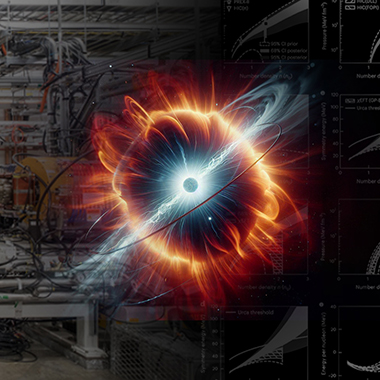MSU researchers are helping shape the future of particle physics
Article Highlights
- The Particle Physics Project Prioritization Panel, or P5, has released its report that aims to maximize the United States’ investment in the global particle physics enterprise, fueling leadership, discovery and innovation for decades to come.
- P5’s membership includes leading researchers from across the globe, including Kendall Mahn of Michigan State University. The group is tasked with recommending research, education and training priorities to federal funding
- The panel’s report recommends sustained support for several ambitious and groundbreaking international collaborations — whose members also include MSU students and faculty — that will enable researchers to explore some of the universe’s biggest mysteries.
Particle physics is kind of like an eclipse or a meteor shower. They aren’t things we tend to think about until they’re unfolding in front of our eyes. When they are, though, they captivate our imaginations.
Over the last 20 years, particle physics has generated some of science’s most memorable headlines, including the discovery of the Higgs boson, the revelation that neutrinos have mass and the detection of gravitational waves — all of which earned Nobel Prizes.
Now, a new report from a federal advisory group is working to keep the United States at the forefront of particle physics leadership, discovery and innovation for decades to come.
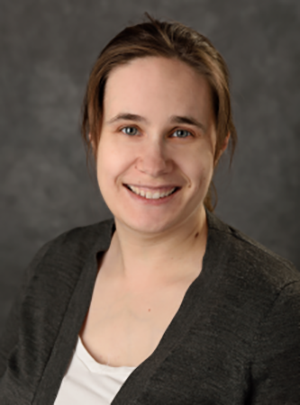
Kendall Mahn, an associate professor at Michigan State University and a member of the Particle Physics Project Prioritization Panel.
“The report shares the exciting scientific questions ahead of us, which are enabled by U.S. leadership and investments,” said Kendall Mahn, an associate professor in the Department of Physics and Astronomy. Mahn is also a member of the Particle Physics Project Prioritization Panel, or P5, that issued the new report.
“I’m proud that the approach to planning in particle physics leverages so much community input and expertise, making it a worldwide effort.”
The P5 is a subgroup within the High Energy Physics Advisory Panel, or HEPAP, which recommends research, education and training priorities to federal science agencies. Specifically, HEPAP reports to the Office of Science of the U.S. Department of Energy and the National Science Foundation’s Division of Physics.
“The P5 report will lay the foundation for a very bright future in the field,” said R. Sekhar Chivukula in an announcement of the report published by the American Physical Society, or APS. Chivukula is the 2023 chair of the APS Division of Particles and Fields and a Distinguished Professor of Physics at the University of California, San Diego.
“There are extraordinarily important scientific questions remaining in particle physics, which the U.S. particle physics community has both the capability and opportunity to help address, within our own facilities and as a member of the global high energy physics community.”
Particle physicists explore the fundamental rules of our universe and try to understand its origin. Its projects are often large, with hundreds or thousands of collaborators, and can require years to complete using incredibly powerful — and expensive — instrumentation.
The P5 group is tasked with making budget-informed recommendations that will maximize the country’s investment, not just now, but into the future.
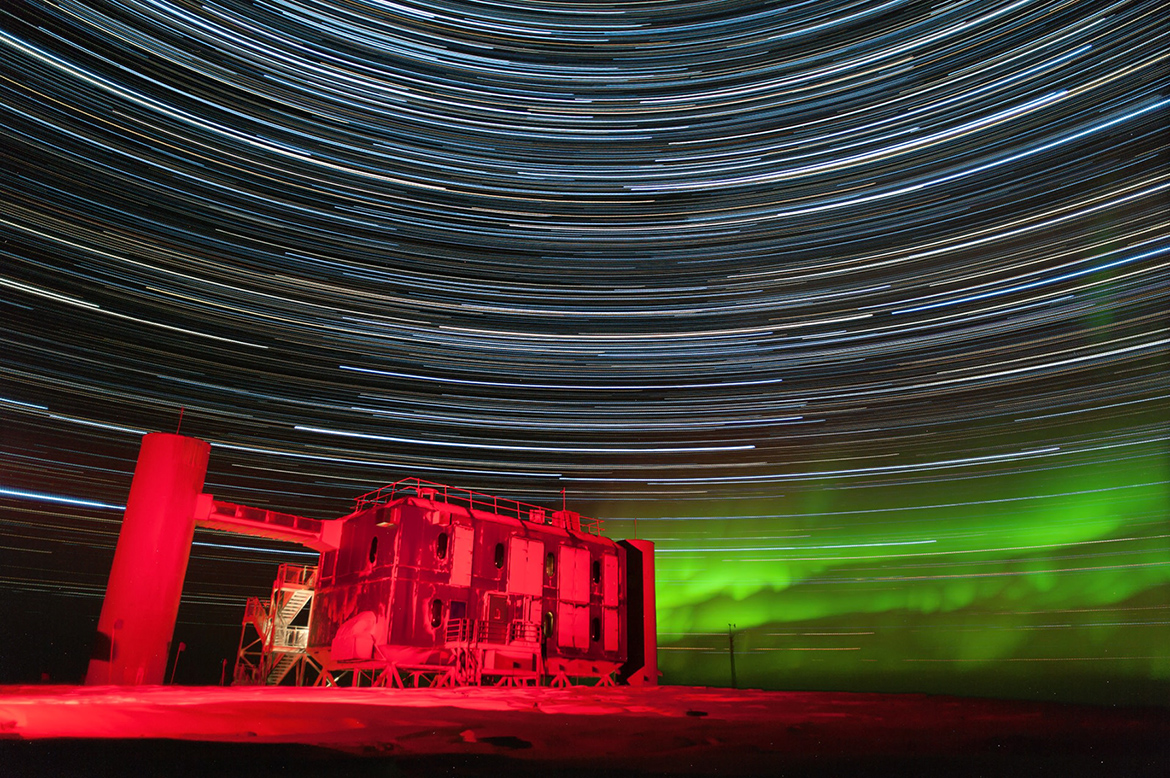
“In the P5 exercise, it’s really important that we take this broad look at where the field of particle physics is headed, to deliver a report that amounts to a strategic plan for the U.S. community with a 10-year budgetary timeline and a 20-year context,” said Karsten Heeger, P5 panel deputy chair and Eugene Higgins Professor and chair of physics at Yale University.
“The panel thought about where the next big discoveries might lie and how we could maximize impact within budget, to support future discoveries and the next generation of researchers and technical workers who will be needed to achieve them.”
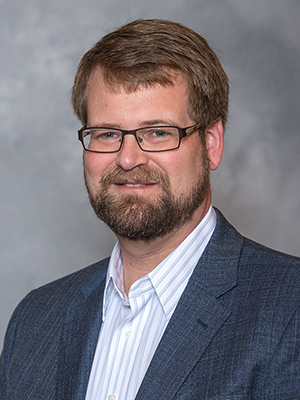
To that end, the P5 report recommends continued investment in projects that are established and underway.
For example, it advises for continued support for the planned expansion of the South Pole’s neutrino observatory known as IceCube. It also recommends continued investing in the Deep Underground Neutrino Experiment, or DUNE, and the fourth-generation Cosmic Microwave Background, or CMB-S4, experiment currently in development.
IceCube is an international collaboration led by the University of Wisconsin–Madison and DUNE is based at Fermilab in Illinois. CMB-S4 will consist of a network of a dozen ground-based telescopes in Chile and Antarctica. MSU faculty are involved in all of these projects.
“With projects like IceCube and CMB-S4, the entire universe becomes our laboratory to learn about physics that can’t be probed by accelerators here on Earth,” said Tyce DeYoung, a professor in the Department of Physics and Astronomy and member of the MSU IceCube Group. “The P5 committee’s endorsement of this strategy and these investments was tremendously encouraging.”
“Seeing the committee embrace the potential for learning about the smallest particles in the universe from the universe itself was enormously encouraging and will hopefully allow us to make tremendous strides toward understanding neutrinos, dark matter and dark energy — all the big mysteries in the field — over the next decade,” said Nathan Whitehorn, an associate professor in the Department of Physics and Astronomy and a researcher on both the IceCube and CMB-S4 projects.
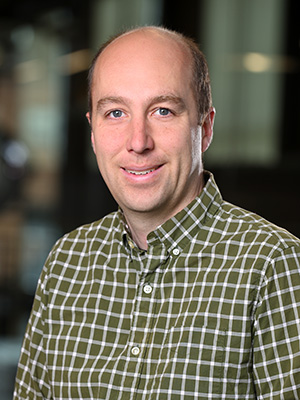
The new P5 report also recommends building on the success of particle physics in recent years.
“The Higgs boson had just been discovered before the previous P5 process, and now our continued study of the particle has greatly informed what we think may lie beyond the standard model of particle physics,” said Hitoshi Murayama, P5 panel chair and the MacAdams Professor of physics at the University of California, Berkeley.
“Our thinking about what dark matter might be has also changed, forcing the community to look elsewhere — to the cosmos. And in 2015, the discovery of gravitational waves was reported. Accelerator technology is changing too, which has shifted the discussion to the technology R&D needed to build the next-generation particle collider.”
The United States participates in several major international scientific collaborations in high energy physics and cosmology, including the European Council for Nuclear Research, or CERN, which operates the Large Hadron Collider, where the Higgs boson was discovered in 2012.
The P5 report recommends that the United States support a significant in-kind contribution to a new international facility, a so-called “Higgs Factory,” to further our understanding of the Higgs boson.
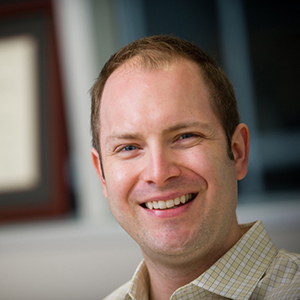
It also recommends that the United States study the possibility of hosting the next most-advanced particle collider facility, to reinforce the country’s leading role in international high-energy physics for decades to come.
“The P5 process must thread a needle with a proposed plan that simultaneously delivers current commitments and charts a path to future research goals,” said Wade Fisher, a professor in the Department of Physics and Astronomy and part of the MSU contingent collaborating on the ATLAS Experiment at CERN.
“The P5 report underscores the importance of maintaining strong international engagement, which supports our work at the Large Hadron Collider. But it also recommends funding for R&D on the future particle collider programs that will someday drive new discovery.”Banner image: The Particle Physics Project Prioritization Panel has recommended sustained support for a number of ambitious, groundbreaking and international projects, including the IceCube Neutrino Observatory in Antarctica. Credit: Stephan Richter, IceCube/NSF


